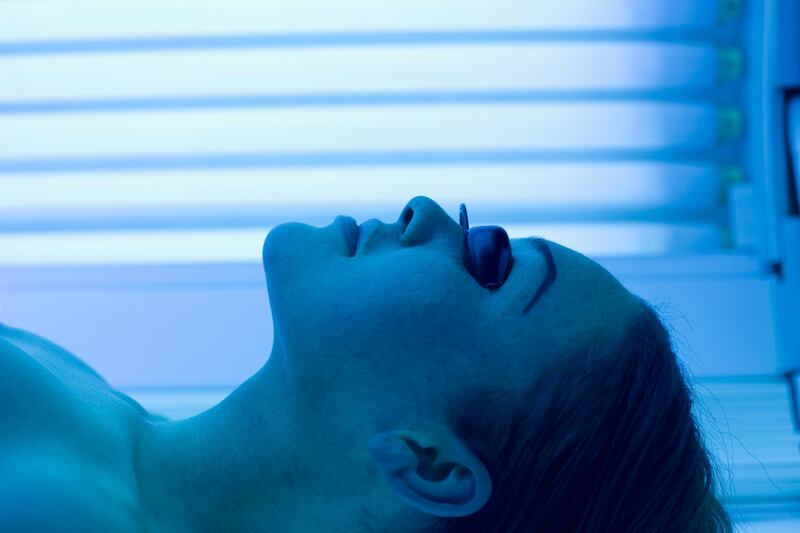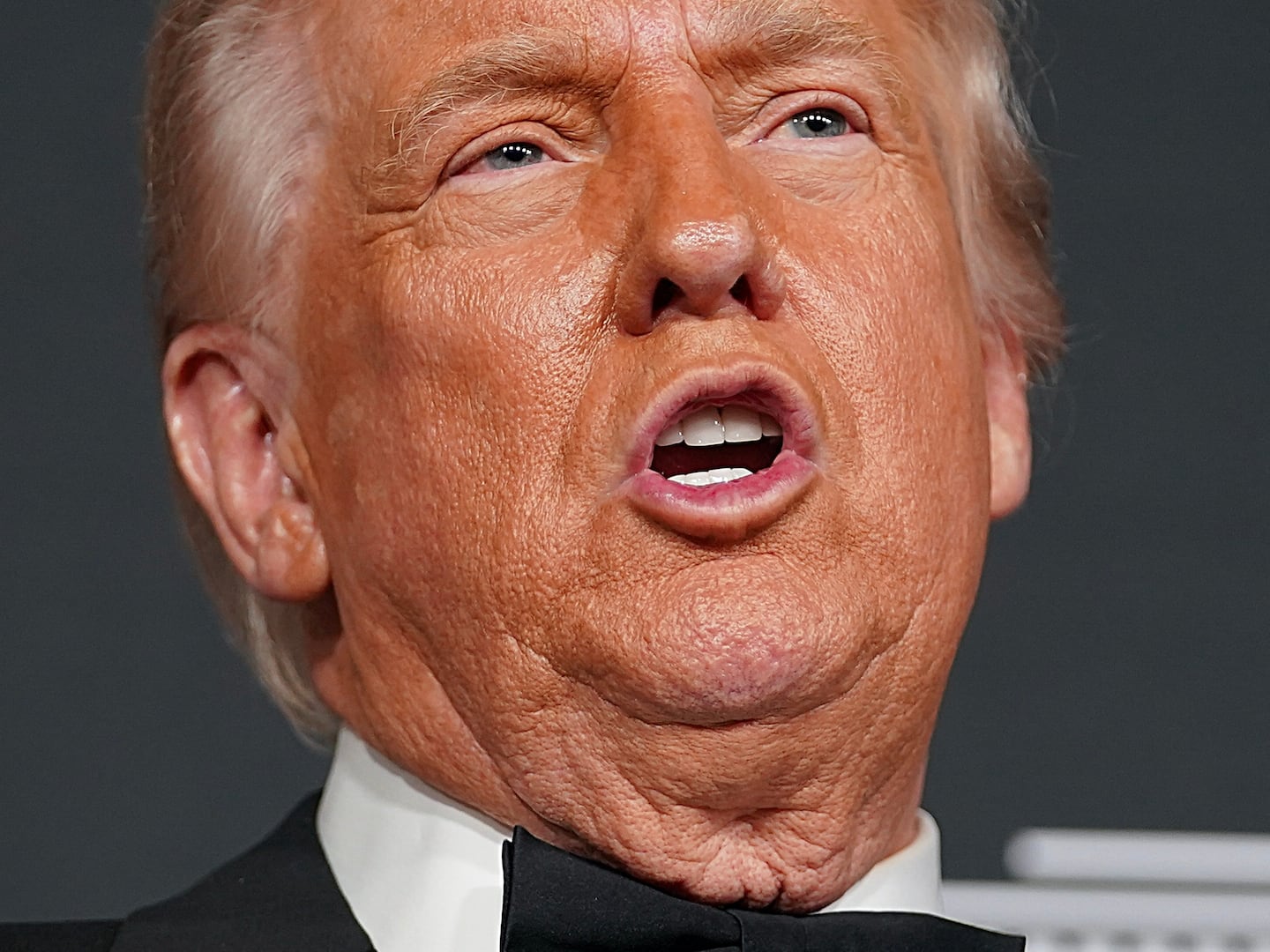
Suppose for a minute that you saw a grown woman walk into a convenience store, buy a pack of Marlboros, stroll back out, and then toss them to her teenage son. Could anyone plausibly argue that this was anything but irresponsible parenting? Circumventing legal age restrictions to enable a habit with known negative health consequences would seem the very definition of it.
It is time to think the same way about tanning beds.
According to a new study in the journal Pediatrics (PDF), use of indoor tanning beds significantly increases a patient’s risk of developing basal cell carcinoma (BCC), a kind of skin cancer and the most frequently diagnosed malignancy in humans. BCC was previously a disease found most commonly in older adults, but the study collected information from patients diagnosed before the age of 50. The results indicate that those with a history of indoor tanning bed use were more likely to have BCC, particularly if they started using them before they turned 20.
The negative consequences of tanning beds—which, the study notes, can deliver 10 to 15 times the ultraviolet radiation that comes from exposure to midday sun—aren’t limited to higher risk of BCC, a cancer that is rarely fatal but potentially disfiguring. The World Health Organization has classified these machines as carcinogens, and reports that people who use them before age 30 increase their risk of melanoma, the deadliest form of skin cancer, by 75 percent. Exposure to these dangers for the purposes of enhanced appearance is ridiculous, and spurious reports of vitamin D-related health benefits from medical charlatans who sell the devices should be ignored.
Yet despite the increased risks, use of indoor tanning beds among teenagers remains widespread. Over 35 percent of white teenage girls use them, and it is estimated that over 2 million adolescents do so at least once a year. Earlier this year, the Food and Drug Administration began requiring warning labels on indoor tanning devices and recommended against use by people under age 18.
But warnings do not go far enough. In 2011, the American Academy of Pediatrics called for an outright ban on use of tanning beds by minors. (Full disclosure: I am an AAP member, but had no role in developing those recommendations.) It noted that 31 states require parental permission for use, but these restrictions had not had an appreciable effect and thus stronger measures were warranted. This month, Washington became the seventh state to bar minors from using tanning beds entirely, and some countries are outlawing the machines altogether.
Plenty of well-intentioned parents who would never dream of buying cigarettes for their kids are all too happy to let them use indoor tanning beds. But it’s past time these machines were thought of in the same way. Melanoma rates are rising year after year in Caucasian patients of both genders, and the increased risk associated with tanning beds is well established.
We don’t let minors buy a carton of Lucky Strikes if they have a note from their mom. Parental permission should no longer be sufficient for kids under 18 to markedly increase their risk of deadly cancers for purely cosmetic reasons.






